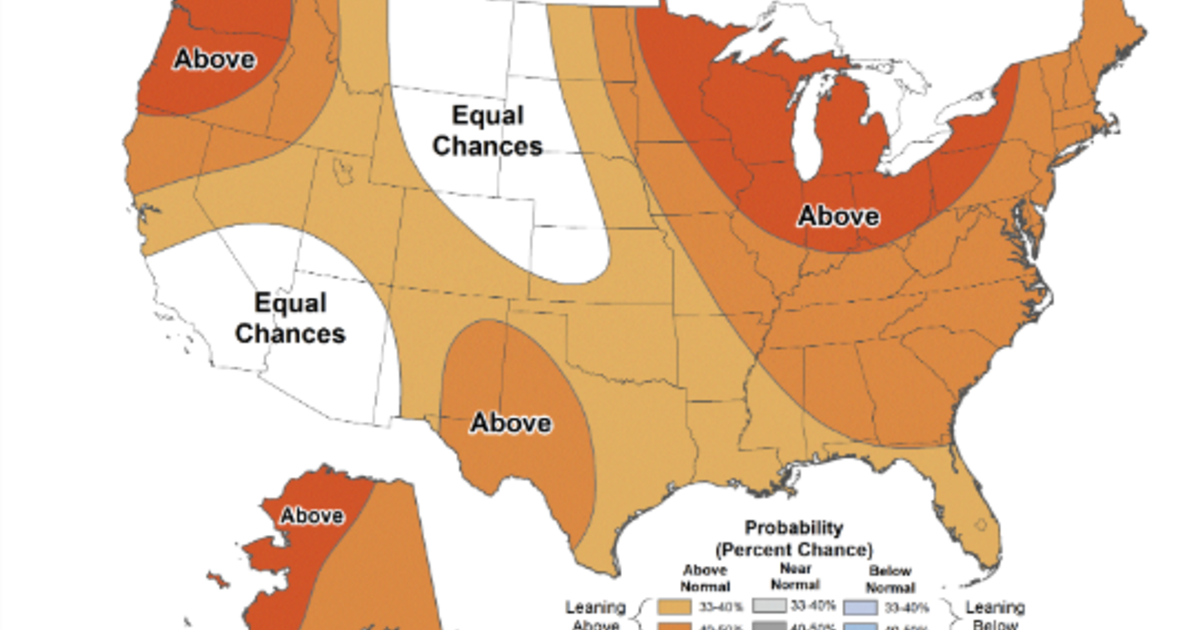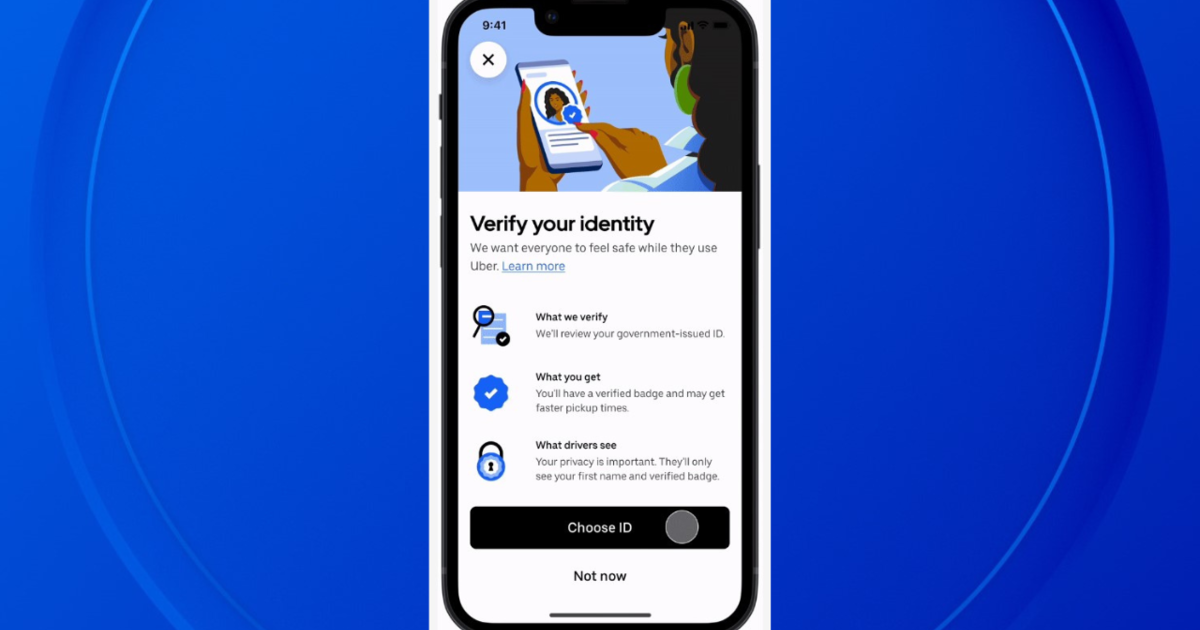Opinion: Hoke's Answers About Morris Not Good Enough
By Ashley Dunkak
@AshleyDunkak
ANN ARBOR (CBS DETROIT) - Michigan head coach Brady Hoke said he did not see quarterback Shane Morris get drilled under the chin in Saturday's game. He said he relies on medical staff to let him know if a player is injured badly enough that he will not be able to play, and he said he would never put a player in a game if he thought the player might be concussed.
You can believe Hoke on all those counts and still have a problem with what transpired Saturday. I know I do.
Somewhere, the system broke down. Hoke acknowledged the team has people on staff to watch for injuries. Did no one on the entire sideline - or in the press box - see Morris get hit in real time? Did not one of those people see a replay? Did no staff member, after seeing the flag thrown for roughing the passer, look back at the play and see what kind of contact brought the penalty?
The broadcast of the game showed the aftermath of the hit to Morris, and the quarterback looked woozy, almost stumbling at one point, only to be caught by one of his linemen, on whose shoulder Morris momentarily leaned his head. Did no one on the sideline see that?
The hit on Morris - particularly combined with his reaction to it - looked severe enough to warrant at least a brief removal from the game for a concussion test.
From what Hoke said Monday, however, it sounded like the medical team left any exit up to the discretion of Morris.
"The kid, when he went like this [waves hand] to the trainer that he was fine, that tells you something," Hoke said.
Relying on Morris to ask to exit the game is problematic for several reasons. One, Morris was in only the second start of his career, an opportunity he received because of Devin Gardner's struggles in other games. Two, athletes are conditioned to play through pain, taught that everyone deals with it.
"They love to compete, and they love to play, so if you ask them about that mentality, I think that's what they all have," Hoke said. "That's what they've done since they were - whenever they started playing the game. I think they also know if the injury is [one where] you don't think you can't continue to go, to go down."
We all understand that mentality. Players generally want to keep playing unless they cannot move. Medical personnel have to recognize potential problems, investigate those problems, and overrule players if necessary.
Head injuries, obviously, differ from others. Everyone signs up for twisted ankles, broken fingers, creaky knees, an aching back, et cetera, but few likely consider the potential long-term effects of a concussion, or particularly repeated concussions, which is why it is vital to test for a concussion after scary hits like the one Morris suffered Saturday.
With the play-through-pain mentality so deeply ingrained in players from such a young age, it is irresponsible to assume that a player should play because he tells you he can.
Is it outrageously difficult to keep tabs on every player during a game, to identify any and every injury and promptly act to make sure the player gets checked out? I'm sure it is not easy at all.
To designate a staff member to watch specifically for hits to the head, however, would not be a reach. Hoke wasn't watching Morris. Nussmeier wasn't watching Morris. Someone needs to be watching.
Asked Monday whether, after having seen the hit, he now believes Morris should have been taken out of the game immediately, Hoke refused to answer directly, dismissing the question as hypothetical.
Hoke deferred many other questions Monday to a statement from the team's medical staff. That statement, hours after Hoke finished speaking, has yet to be distributed.
Hoke's answers Monday were not good enough, and right now, there are no other answers being offered.



